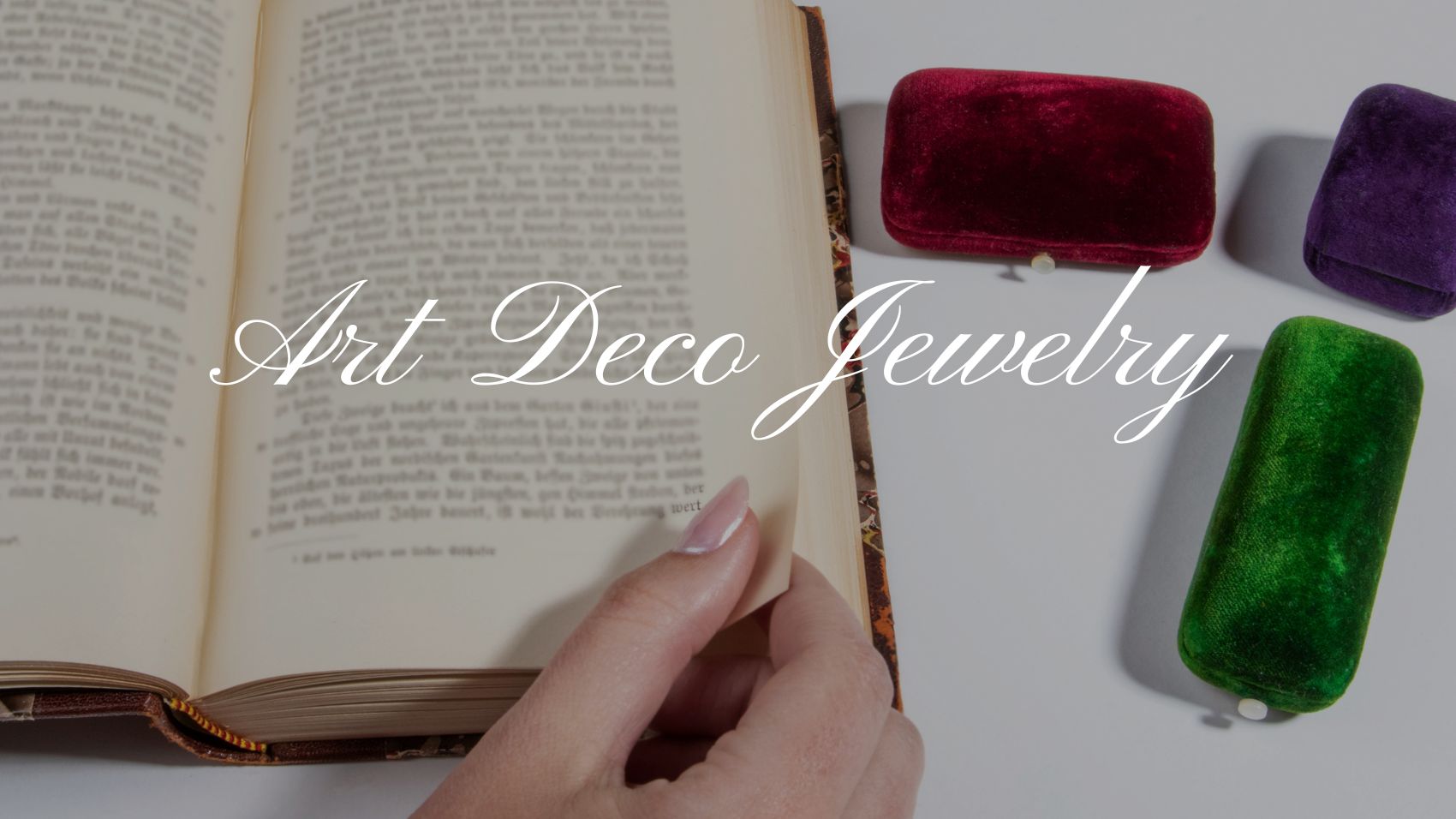In the dazzling world of luxury jewelry, one name has consistently shone brightly: Cartier. Renowned for its impeccable craftsmanship and innovative designs, Cartier has left an indelible mark on the world of adornment. However, what you might not know is that Cartier's jewelry designs, particularly during the Art Deco period of the 1920s and 1930s, were strongly influenced by the world of architecture. Let's delve into the fascinating interplay between these two art forms that gave rise to some of the most iconic pieces in the brand's history.
Geometric Symphony: A Shared Aesthetic
During the Art Deco era, architecture was embracing bold geometric shapes, clean lines, and a focus on symmetry. Cartier's jewelry designers took cues from this architectural shift, infusing their pieces with a symphony of geometric forms. Triangles, rectangles, hexagons – these shapes were meticulously arranged to create intricate patterns that dazzled the eye. Much like architects building skyscrapers, Cartier's craftsmen built miniature wonders of form and structure that adorned the human body.
Architectural Motifs in Miniature
The marriage of architecture and jewelry was particularly evident in the incorporation of architectural motifs. Just as architects drew inspiration from columns, staircases, and facades, Cartier's jewelry pieces featured designs that mimicked these elements. A necklace might feature a pendant resembling a stylized column capital, while earrings might boast patterns reminiscent of intricate staircases. The result was wearable art that transformed architectural elements into exquisite adornments.
Skyscrapers in Gemstones
As cities grew upward with the rise of skyscrapers, Cartier captured the urban spirit by incorporating step-cut gemstones and linear patterns. These elements mimicked the sleek vertical lines of towering buildings, encapsulating the excitement and modernity of the urban landscape. The jewelry became a reflection of the rapid pace of change and innovation that defined the era.
Precision and Urban Glamour
Architects needed precision and attention to detail to bring their visions to life, and Cartier's designers echoed this sentiment in their jewelry-making process. Every gemstone was carefully placed, and every line was meticulously measured to ensure symmetry and balance. This precision mirrored the architectural meticulousness that was shaping cityscapes. The resulting jewelry exuded urban glamour – a blend of sophistication and modernity that captivated the spirit of the times.
Innovative Materials and Global Fusion
Architects were experimenting with innovative materials and construction techniques, and Cartier's jewelry designers were no different. The use of platinum and other modern materials allowed for intricate designs that were both lightweight and structurally robust. Similarly, just as architects were drawing inspiration from global cultures and historical styles, Cartier's designs often incorporated elements from various cultures, creating a captivating fusion of aesthetics.
In essence, the Art Deco movement's architectural influences were skillfully woven into Cartier's jewelry designs. The brand's ability to translate architectural concepts and aesthetics into wearable art demonstrated their adaptability and innovative approach to design. This convergence of architecture and jewelry-making resulted in pieces that encapsulated the essence of a transformative era in both disciplines. As you admire a vintage Cartier Art Deco piece, remember that you're not just looking at jewelry – you're witnessing the harmonious dance of architecture and craftsmanship.
